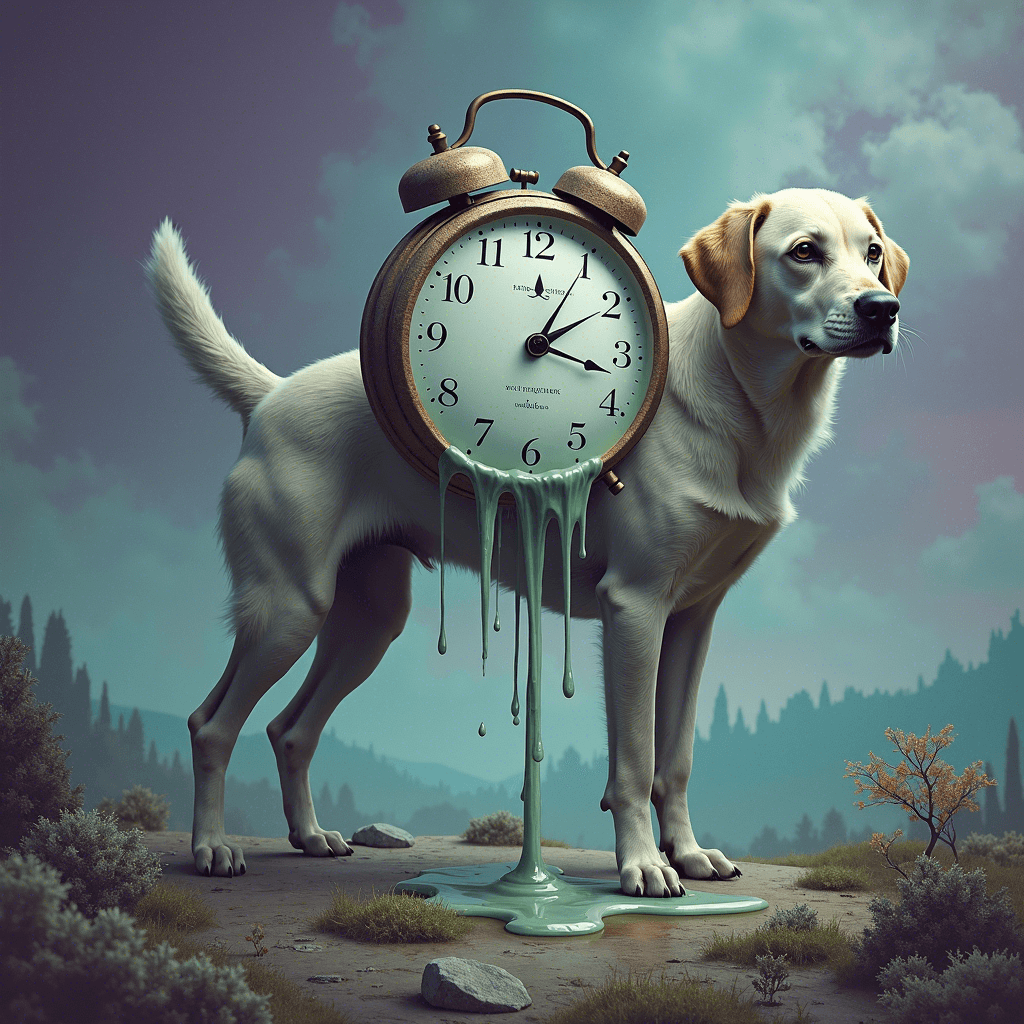
Surrealism
A 20th-century art movement exploring the unconscious mind, featuring dreamlike, fantastical scenes with unexpected combinations and distorted forms.
Quick Navigation
External Resources
Overview
Origin
Europe (France)
Historical Period
1920s–1960s
Cultural Significance
Surrealism, led by artists like Salvador Dalí and Max Ernst, sought to explore the unconscious mind, creating art that challenged reality and embraced the bizarre.

Historical Timeline
1924
André Breton publishes Surrealist Manifesto
1929
Development of automatic techniques
1936-1938
International Surrealism exhibitions
Techniques
Dreamlike and fantastical compositions
Unexpected combinations and distorted forms
Use of muted, surreal color palettes
Symbolism drawn from dreams and the subconscious
Cultural Context
Surrealism, led by artists like Salvador Dalí and Max Ernst, sought to explore the unconscious mind, creating art that challenged reality and embraced the bizarre.
Did You Know?
Salvador Dalí, a leading surrealist, painted his famous 'The Persistence of Memory' with melting clocks to challenge perceptions of time and reality.